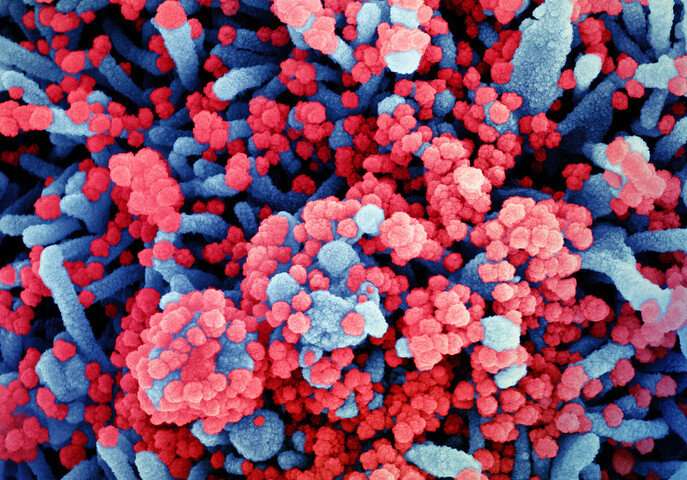
A study of around 5.8 million people who receive care from the United States Department of Veterans Affairs (VA) found that Black and Hispanic people were substantially more likely than their White counterparts to test positive for COVID-19, although no differences in 30-day mortality were observed between these groups. Christopher Rentsch, Assistant Professor at the London School of Hygiene & Tropical Medicine and VA investigator, worked alongside colleagues from VA sites across the U.S. to present these findings in the open-access journal PLOS Medicine on September 22, 2020.
Previous research suggests that people from racial and ethnic minority backgrounds are at greater risk of severe or deadly cases of COVID-19. However, most studies of these disparities have only investigated patients who had already tested positive or who were hospitalized. Understanding disparities in who was tested and whether they tested positive could help inform efforts to reduce the burden of COVID-19 in minority communities.
To improve understanding of testing disparities, Rentsch and colleagues investigated statistical associations between 5.8 million VA patients’ race/ethnicity and their detailed medical records (the VA comprises more than 1,200 points-of-care nationally including hospitals, medical centers, and community outpatient clinics, with around nine million individuals accessing VA care each year), including COVID-19 testing records from February 8 through July 22, 2020. 91% of participants were male; 7% were of Hispanic ethnicity, 19% were Black and 74% were White.
Over 250,000 of the patients studied received a COVID-19 test during the study period, 16,317 tested positive, and 1,057 died within 30 days of testing. Black and Hispanic patients were more likely to receive a test and were more likely to test positive than White patients, even when accounting for other demographics underlying medical conditions and geographic location (Black vs White adjusted Odds Ratio 1.93, 95% CI 1.85-2.01, p<0.001; Hispanic vs White 1.84, 1.74-1.94, p<0.001).
For positive test rates, the disparity between White and Black patients was greatest in the Midwest and decreased slightly overall during the study. The positive-test disparity between Hispanic and White patients was consistent across regions and over time. Among the cohort of 5.8 million people, although those from minority backgrounds appeared to have a higher burden of COVID-19, for those who tested positive, no racial or ethnic disparities in 30-day death rates were seen.
These findings suggest that Black and Hispanic individuals experience a disproportionate risk of COVID-19 infection, even when accounting for where they live and underlying medical conditions. The authors call for urgent state- and local-level strategies to reduce COVID-19 spread in minority communities.
Source: Read Full Article
